Usually when an anime hits its halfway point, I like to give a point-by-point review of its first half. However, in the case of Samurai Flamenco, this has proven impossible for me. Because depending on how the series so far is interpreted, it’s either brilliant or terrible — and I can’t seem to decide which.
Note: This article contains massive spoilers for Samurai Flamenco. You have been warned.
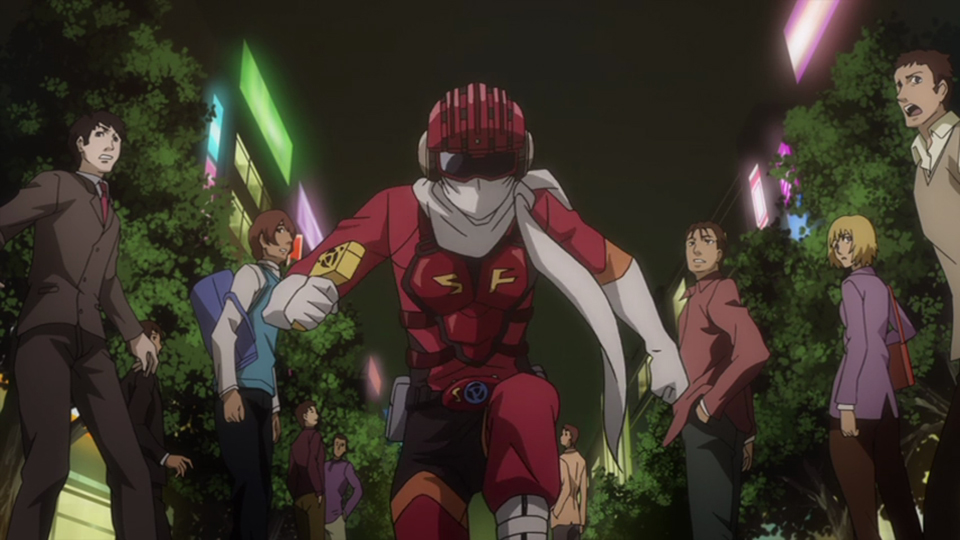
It’s Terrible If:
It’s taken at face value.
At the start of its broadcast run, there was no better way to describe Samurai Flamenco than as “Kick-Arse, the anime.” Both stories share a similar premise. Set in our world — aka, one with all our rules, physical laws, and lack of superheroes — a young man decides to don a costume and head out on the street to fight crime. (However, the titular character of Kick-Arse is inspired by Western superhero comics to begin crime fighting, while the titular character of Samurai Flamenco is inspired by shows like Kamen Rider and Power Rangers.)
With this premise in place, Samurai Flamenco must deal with everything from the real hazards of leading a double life to the fact that passion alone won’t win a fistfight — as he goes from being a joke to a legitimately respected protector of the weak, thanks to viral media.
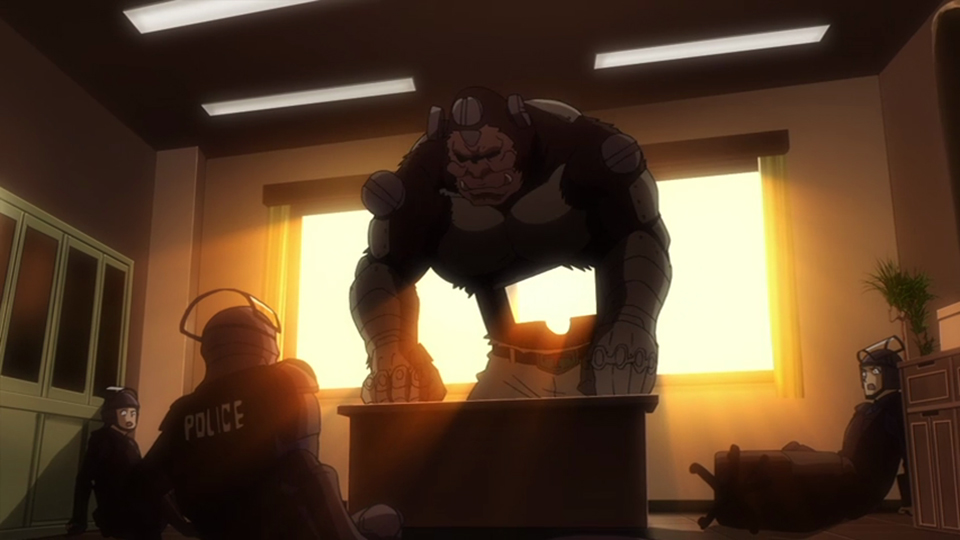
As this tale is presented as a lighthearted comedy set in the real world, it all works relatively well. But then comes the twist: At the end of the seventh episode, when participating in a drug bust as a police PR stunt, a drug dealer runs into the back room… and transforms into a giant talking gorilla with a guillotine for a torso. It then proceeds to use said guillotine to chop off a cop’s head before Samurai Flamenco and his police sidekick are able to push it out a second story window to its death.
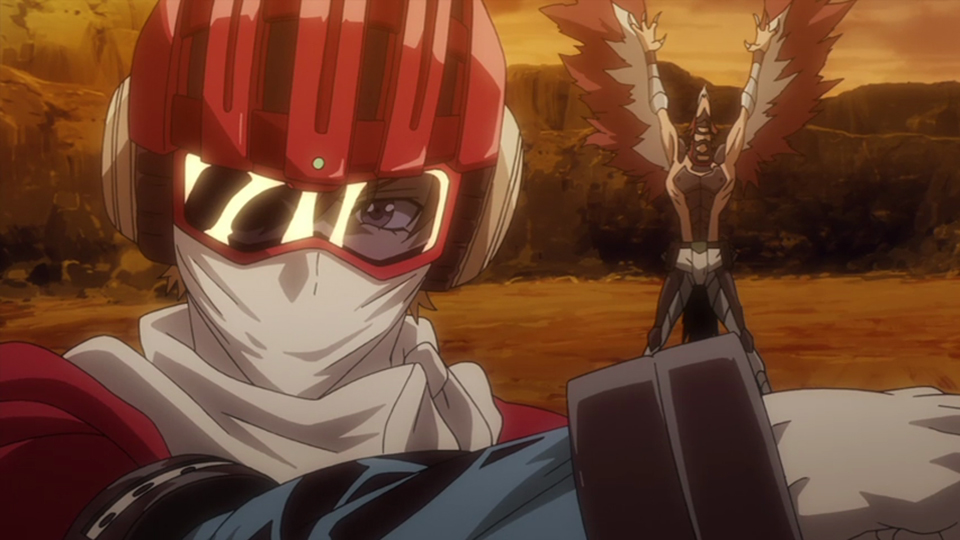
From then on the tone of the anime changes completely. Suddenly it is no longer set in the real world but in a world much like Kamen Rider where the stereotypical big bad sends a monster of the week to fight the hero. The monsters even explode when defeated.
This plot twist and resulting shift in tone is frankly terrible. I have heard people say the twist is great because “you never saw it coming” — which is the very thing that makes it so terrible. There is no foreshadowing for it whatsoever and, moreover, it completely changes the nature of the world and everything we have learned about it so far. It’s akin to, if at the climax of Kick-Arse, Superman suddenly burst through the wall and defeated all the mobsters. The existence of a real monster is the antithesis of the world which we have seen developed over the course of the series so far — and it only gets more absurd as we see Samurai Flamenco defeat these monsters with increasingly more sci-fi-ey gadgets.
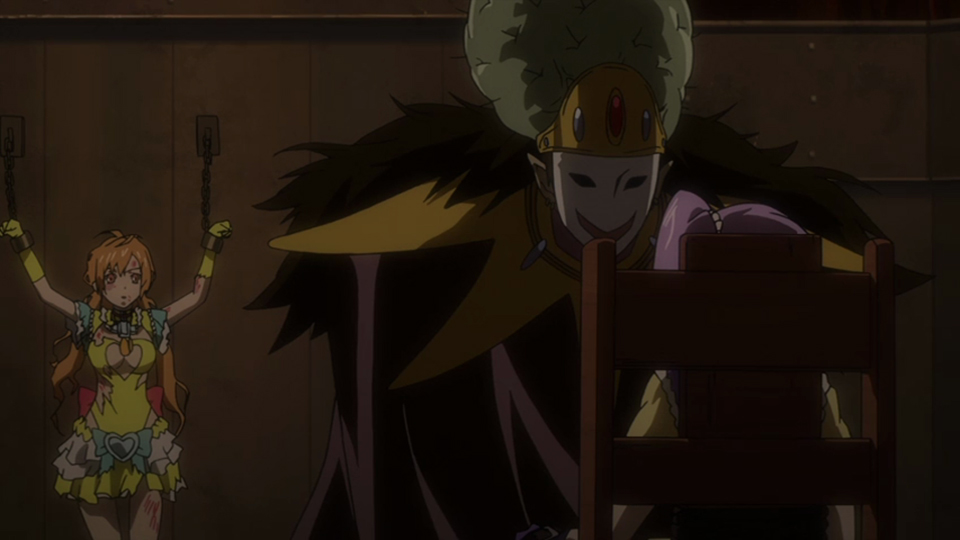
But worse than this shift are the moments when the tone swerves back into the realm of real world violence with characters being tortured in brutal ways. It feels like the show cannot pick what it wants to be.
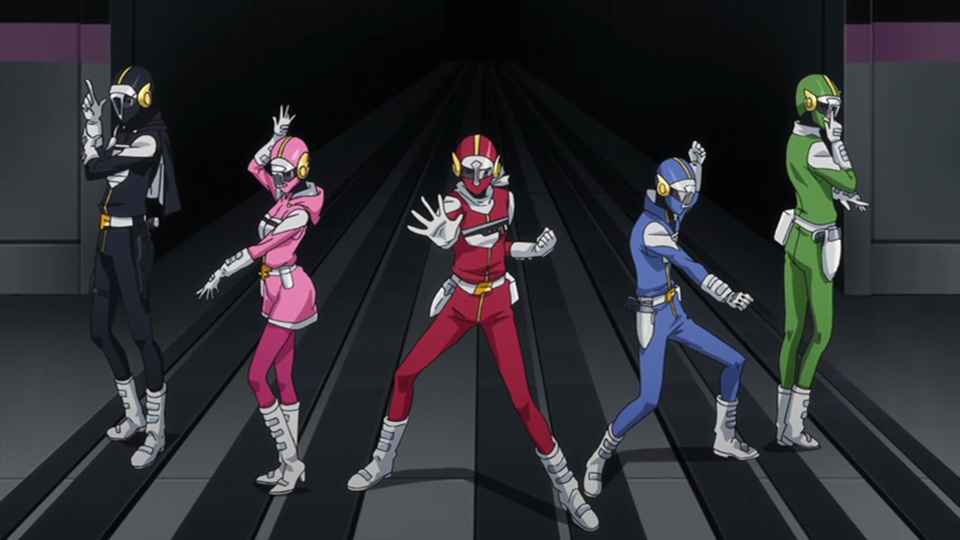
Then, after the Kamen Rider homage is finished, the series undergoes another drastic shift in tone as it becomes a Power Rangers show complete with secret bases, megazords, and monsters that grow to a giant size after their initial defeat. This second major plot shift again changes the entire nature of the world. Now, humanity apparently has the ability to build mechs, ray guns, and mind-linking power armour. And as the series, to this point, has only covered a several month period in Samurai Flamenco’s life, this means that all this was developed and built in this time.
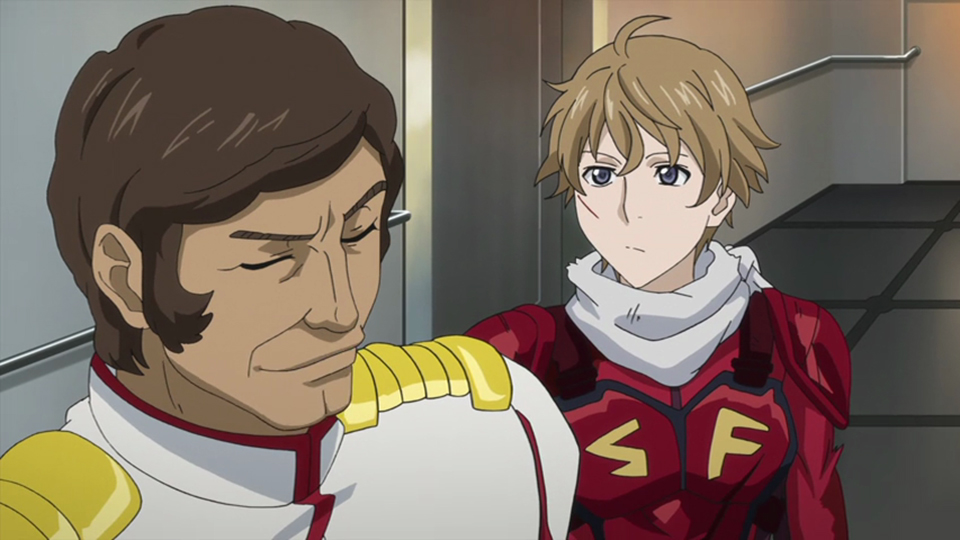
The second setting shift also shows off the series’ other major flaw: the blatant inconsistency with how the characters are written. Red Axe, a former Kamen Rider-style TV star, starts as a washed up actor — not to mention complete coward — trying to cash in on Samurai Flamenco’s fame. After the first twist, he is revealed to be an actual, competent, power-armoured super hero in his own right. In the third arc, it’s revealed that all the times he made excuses not to help Samurai Flamenco fight crime, he was actually building/training a team of Power Rangers — a team that he is now the commander of.
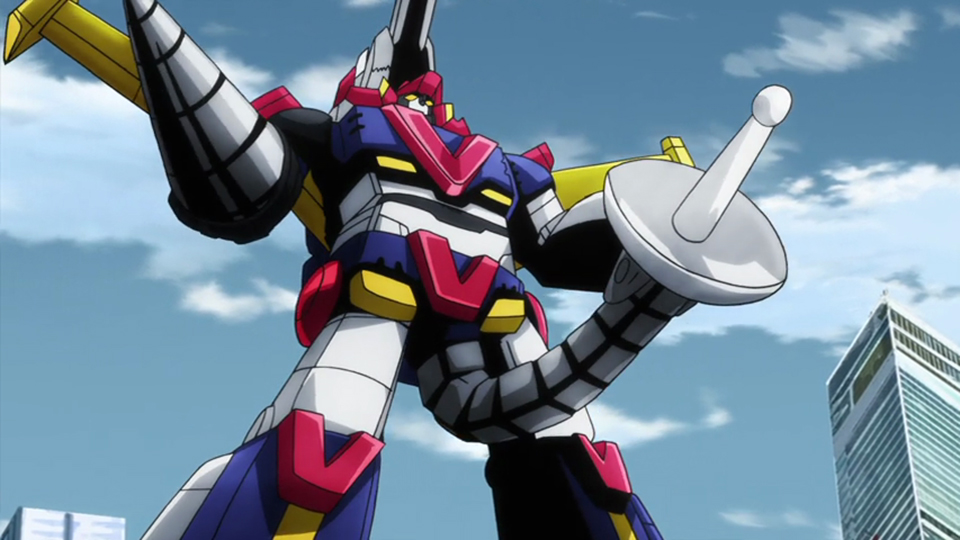
Other characters, both big and small, have similar shifts in characterization to fit the stereotypical roles that the new settings require. In the Kamen Rider section, the Japanese prime minister is shown to be weak-willed and indecisive. Yet, in the Power Rangers section, he is the strong, competent leader who calls in to congratulate the team after a victory over the monsters. Also, there is a sub arc running throughout the first half of the anime about Samurai Flamenco lying to his manager (he is an idol in his real-life identity) about his alter ego. Yet this arc is completely dropped after one of the tone shifts — one moment she’s an overly strict manager, irate that he lied to her; the next she is happy and supportive.
In other words, if taken at face value, the entire plot, setting, and characterization in Samurai Flamenco is a total mess as they seem to change on a whim.
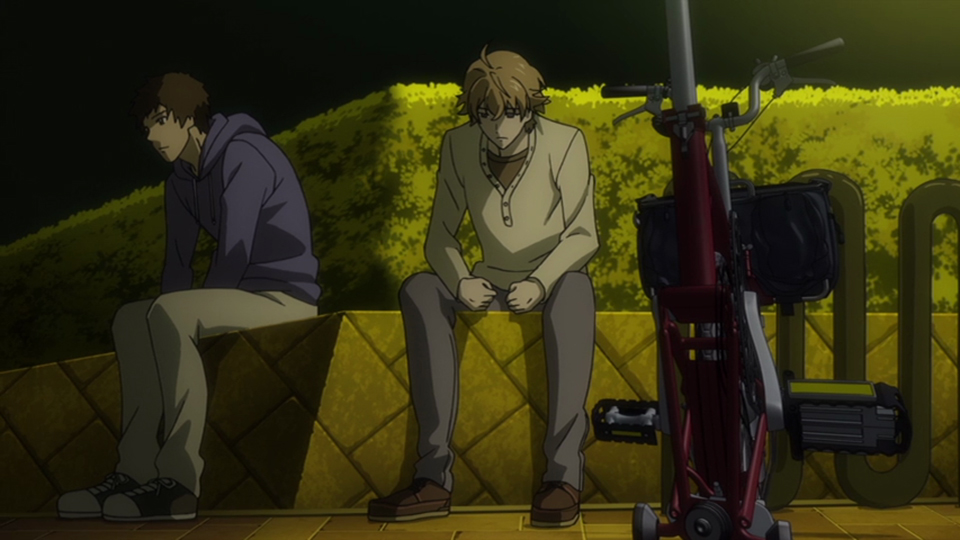
It’s Brilliant If:
All the above schizophrenia in story tone, setting, and characterization are indicative of Samurai Flamenco’s mental breakdown.
Let’s go back to the Kick-Arse-themed section of the story, just before the series’ first major shift in tone. In this episode, Samurai Flamenco discovers that instead of dying in an accident as he had been told, his parents had been victims of a random murder while travelling in America. Sadly, the killing was never solved and the most mention their deaths ever got was a small half-column in a local newspaper.
Samurai Flamenco is thrown into emotional turmoil because of this. He feels betrayed by his grandfather who never told him the truth before he, too, passed away. He feels like he should be sadder that the parents he never knew were violently killed. But he also feels that perhaps he should even be happy with the news — after all, what more of a classic superhero origin is there than one where the hero’s parents are murdered. When he goes to his cop friend for help, he gets little more than platitudes before a nearby mugging allows him an easy escape back into living his fantasy of being a hero.
Then, the very next scene is the drug bust where the dealer becomes the giant ape — and his parents’ deaths are never mentioned again.
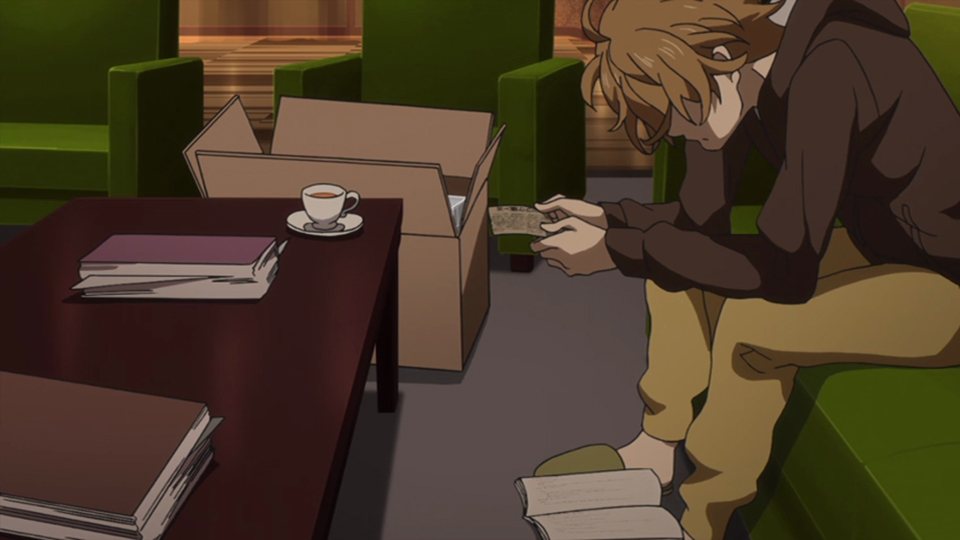
If we assume that because of the revelation of his parents’ deaths, Samurai Flamenco begins his fall into a complete mental breakdown at this point in the story, the rest of the story can be interpreted in a very different fashion: Samurai Flamenco’s ongoing delusion.
While it could be argued that everything from the drug bust on is simply all in Samurai Flamenco’s head while he rocks back and forth in the corner of a padded room, I think it’s more likely that we are seeing events happening in the real world as Samurai Flamenco sees them in his delusional state. There was no ape monster, just a drug dealer that shot a cop. There are no monsters. Rather, Samurai Flamenco is tracking down related drug dealers one by one, killing them, and leaving his cop sidekick to handle the mess. Then, when the big bad — i.e., the drug kingpin — kidnaps and tortures the people close to Samurai Flamenco, Samurai Flamenco is finally able to track him down and kill him also. This also is the point where Samurai Flamenco reveals his secret identity to the world.
And from that point on — the Power Rangers arc where everything becomes insanely surreal — he may be in a padded cell rocking as he daydreams about running through the streets with a team of like-minded vigilantes, killing off the baddies they come across. Or maybe the vigilante team scenario is really happening, and it is only his delusional spiral downward that sees it from a Power Rangers perspective. I honestly don’t know.
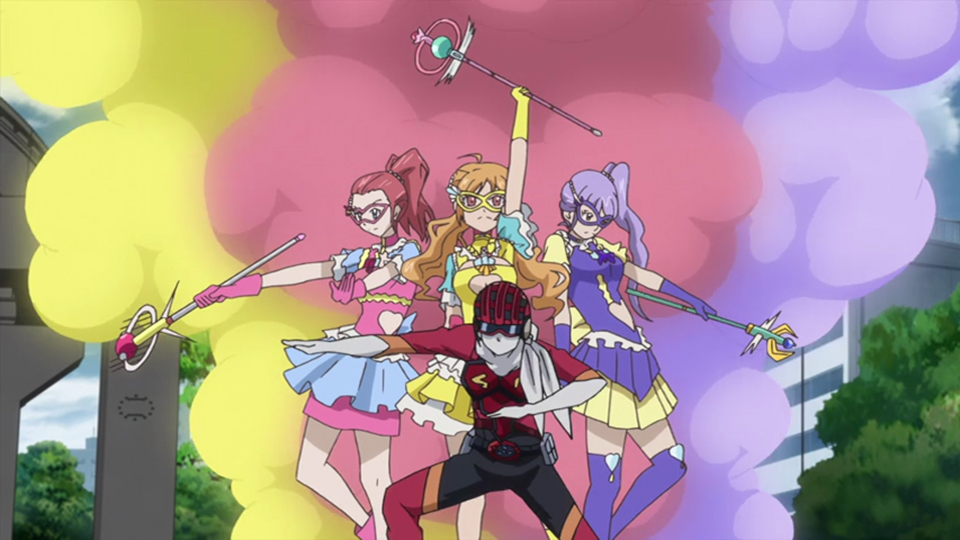
So when it comes down to it, I’m not sure whether I love Samurai Flamenco or hate it. At face value, it is a terribly-written mess with no internal consistency. However, if all the bad writing is actually a hint of Samurai Flamenco’s insanity — showing the world as he sees it in a delusional state, it is actually a great twist and an excellent use of a first-person narrative in an anime.
But which interpretation is true? Or perhaps neither is true. We may have to wait until the series ends in March to find out.
Samurai Flamenco is currently airing on Tokyo MX in Japan. It can be viewed for free with English subtitles on Crunchyroll.
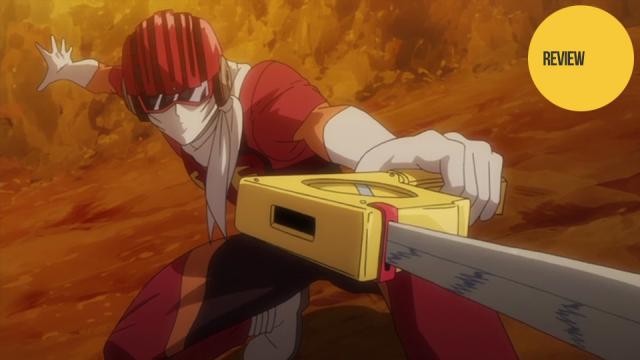
Comments
8 responses to “I Can’t Decide If Samurai Flamenco Is Brilliant Or Terrible”
i couldn’t get through episode 1
i think it’s entertaining in a really weird way, but I have an issue with this:
” And as the series, to this point, has only covered a several month period in Samurai Flamenco’s life, this means that all this was developed and built in this time.”
you’re saying that the army/whatever doesn’t do constant weapons research? They do. They don’t just start researching crap when a random vigilante decided to show up.
The series started off “okay” but ever since it started to change into Power Rangers I lost complete interest and now its like watching a spinoff series. Its a bit like those final episodes of Gurran Lagann ‘in the future’ or the Nadesico movie
Why am I thinking Perfect Blue (Unless I got the name wrong) where your not sure what’s going on as delusions, confusion and the filming of a spot on a cop TV show all swirl to confuse you to what’s really happening.
Terribrill!
I got to the point with the Monkey, it didn’t really fit in with the rest of the plot, seemed weird, anyway it was moving pretty slow so I gave up.
I was really liking the “anime Kick-Ass” vibe it had, and when the first real monster showed up, i was confused, but thought if they made the monster thing serious, it still would have had some potential…
sadly they went full kamen riders, and i gave up after they beat the torturer dude…
it really had potential, too bad it shat all over itself. Even if it is all a delusion, the delusion has gone on way too long, it should have only lasted a few episodes at the most if it wasn’t real, there is nothing worse in a story than “But it was all a dream”.
I think overall this is meant to be “appreciated” as a tribute/parody rather than on face value. On the first arc alone as a vigilante it probabl would have struggled to find enough plot points to remain interesting.
Actually I believe that all that technology was being secretly developed starting at least 10 years prior to the series as per blue’s reasons for him being the red ranger.
I say this with the big benefit of hindsight, but the fact that he started using stationary as his weapons to fight crime wasn’t at the very least a little bit of foreshadowing?
the movies goes well until chapter 8.. when monsters are defeated that easily.. if they actually wanna make perfect anime.. they must make the monsters more elegant.. anddd skip the power ranger’s part.. because fuck the rangers…